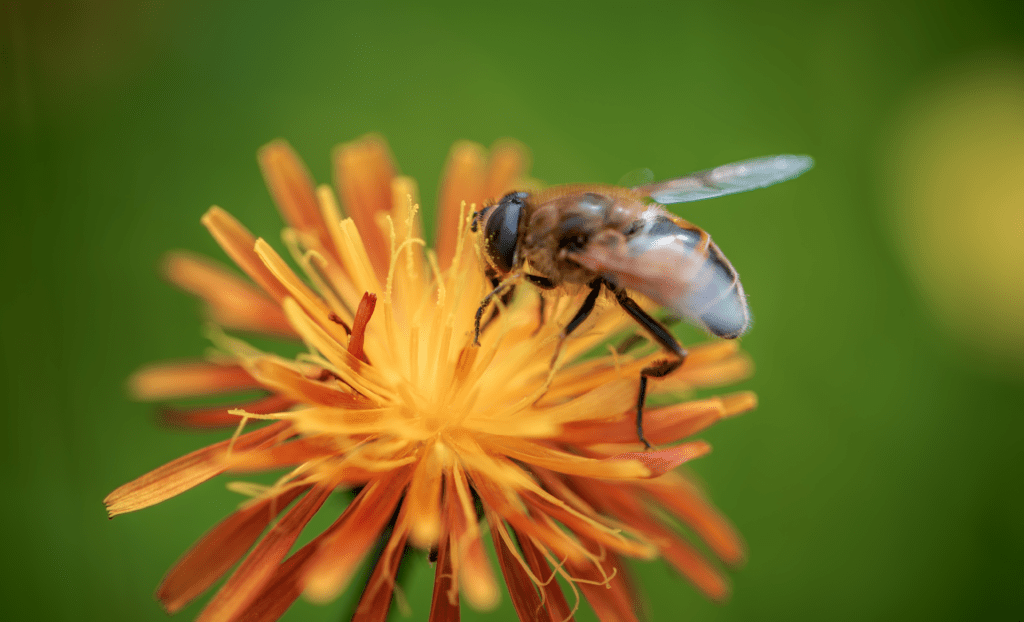Pollinators are an important component to any ecosystem, the urban landscape included. Pollinator gardens attract these species, necessary in the production of a variety of foods we commonly enjoy. Without the birds, bats, bees, and the like, our food options would diminish drastically. The function of pollinators in the landscape is to transport pollen and promote reproduction in most flowering plants (among many other ecological benefits).

What are pollinators?
Pollinators include birds, bees, butterflies, bats, and other winged critters that carry nectar and pollen with them as they fly from plant to plant. By spreading this nectar and pollen, fertilization occurs, leading to successful flower, fruit and seed production.
The current state of urban landscapes
Currently our urban landscapes resemble concrete jungles. Suburban landscapes are composed of high maintenance lawns, boxy shrubs and parking lots. These factors are not conducive to vitality or biodiversity.
3 benefits of attracting pollinators to your landscape
Attracting a greater variety of species to any ecosystem creates biodiversity and thus greater resilience within natural systems. How is this relevant to your yard and garden?
Pollinator gardens build biodiversity
A diverse soil ecosystem builds healthier plants, resulting in fewer pest or disease problems. Diversity in plant species, rather than monoculture (or one single type of plant) means less concentration of certain pests flocking to certain plants. Instead, while various pests may be present, they are also kept in balance by predators.
Pollinators are necessary for food production
Growing food in your backyard? Birds, bees and butterflies are a critical component in transporting seeds and pollen from one location to another. Ever seen a squash flower but not produce fruit? This means more pollinator species are needed to carry pollen from one plant to the next. Adding more fruiting and flowering plants to your landscape will provide a food source and attract more pollinators.
Pollinator plants are aesthetically pleasing
Pollinator plants add curb appeal and give more texture to the landscape than the typical commercial landscape plants. With some creativity and a little know-how, you can have a fruiting and flowering landscape all year long.
How to attract pollinators to the urban landscape
To attract more pollinators to your lawn or garden, it is essential to provide food and habitat for a variety of species. Include a variety of flowers that bloom throughout the year. Avoid pesticides and leave old logs and stumps to give shelter and nesting grounds for critters.
Great content! Keep up the good work!